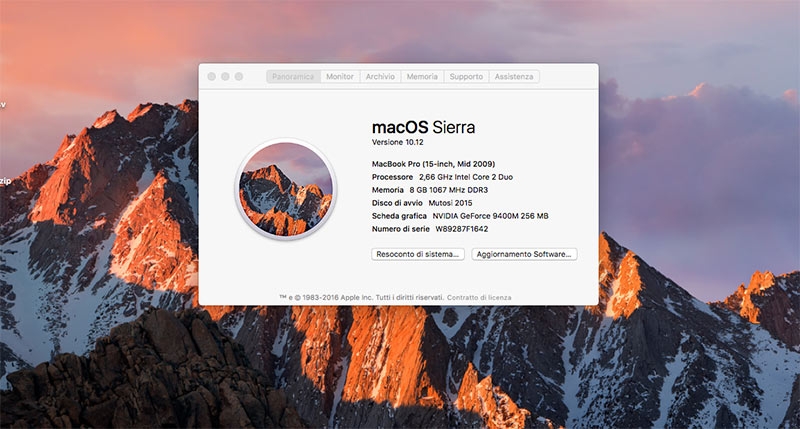
Apple macOS 10.12.5 is a complete and stable macOS release with various fixes and enhancements. If you aren’t a developer but want to create your on Hackintosh High Sierra build, Apple announced a Public Beta set to begin in June.Download macOS Sierra 10.12.5 free latest full version standalone offline bootable DMG image. The Developer Beta of macOS High Sierra is available now. It’s still no simple task, but it’s one less thing to worry about, thankfully. That makes one aspect of building a Hackintosh much easier. It appears that, for a change, Apple has opened up its driver capabilities to allow a more robust selection of NVMe SSD controllers and drives to work under macOS. I found this out in the middle of the night, completely by accident, when I forgot to inject those drivers into my USB installation disk. When I installed the macOS High Sierra first developer beta on Hax0rb3ast, I no longer needed HackrNVMeFamily. The State of NVMe in Hackintosh High Sierra This is what allowed me to initially get support for the NVMe SSD inside my current Hackintosh project, an HP Z2 G3 Mini Workstation named Hax0rb3ast. Noted Hackintosh developer RehabMan (who also wrote some of the Nvidia drivers used on Macs and Hackintosh builds) developed a method to patch IONVMeFamily to make it play nicely under macOS Sierra with HackrNVMeFamily, a third-party driver for NVMe. If you weren’t using that specific device (and sometimes, even that specific type of NVMe controller), you had to hack and patch things to make them work. That’s no longer the case for a Hackintosh High Sierra installation.Īpple’s driver for NVMe, IONVMeFamily, used to be very specific, and only worked for the particular SSD devices and controllers that Cupertino installed in its line of products. It wasn’t difficult, per se, but it was harder than it should have been.

Was NVMe Hard to Do on Hackintosh Before?

The OS continues to speed along much faster than otherwise. The result is an operating system (like macOS) that fully boots up in less than 10 seconds. Moving things over to the PCI Express bus speeds up data transfer even more. SSDs are also much faster than traditional hard drives.

Such an SSD takes up less space, typically. Think of an NVMe SSD as a flash memory chip that never loses its data.


 0 kommentar(er)
0 kommentar(er)
